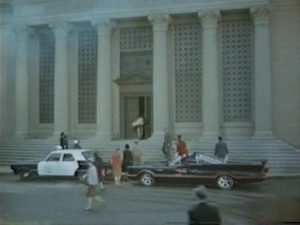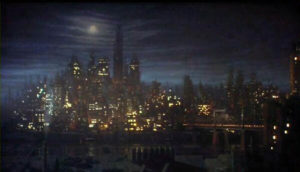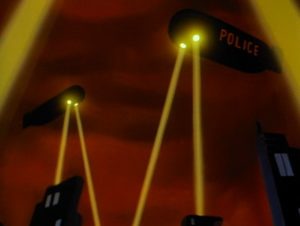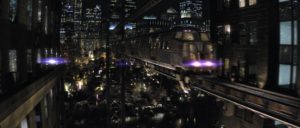Back in 2014 was when I attended my first (and to date) only true convention: Readercon. At the time I just had crossed into the ‘serious’ phase of my fiction writing. It was now something I tried to work on every day and attending a speculative fiction writing convention seemed like a good next step.
Readercon is a Boston-area science-fiction and fantasy convention that is pretty exclusive in its focus on books as opposed to the other forms of media. It is heavily attended by regional writers and readers of the genre, and at the time was being held in Burlington Massachusetts.
So even though I had signed up of my own free will, I was pretty nervous to attend. At that point I had written a grand total of two things: a 130k word fantasy novel and a 8k short story. I had also submitted a grand total of zero things, to say nothing of being published. While I had plans to attend a writing course, that had not happened yet – so I didn’t really even feel like I knew what I was doing. I also knew no one in the writing community.
In every sense of the word I was a neophyte. I suffered from a problem I think many new writers have: I didn’t think I ‘deserved’ to be there. Yet, I was going anyway. Getting myself to do things that make me a little nervous had certainly worked out in the past, and as I’d find it was about to work out well again.
My plan was simple, if lame:
- Get in
- Learn things
- Talk to no one
- Get out
I did learn a great deal, much more than I expected.
PANELS
The panels were lively and engaging and I learned a lot from the content. I also learned how different authors behave when they are on a panel. Some were respectful and appreciative, responding kindly to questions and were effusive in their praise of other authors. Others … were not. Both left impressions on me, teaching me what to do and what not to do.
BARCON / HALLWAYS / SELLER’S ROOM
Yes, there was a barcon. I don’t drink and I have pretty bad tinnitus so I can’t hear that well in those environments. I avoided the barcon.
I did see some authors I recognized walking the hallways, but I never approached them. I wanted to be respectful of their privacy and allow them to enjoy the Con too.
In the seller’s room though I found I had a great time. All of the authors there really wanted to talk about their books, but also their process and just speculative fiction in general. I think the big lesson I learned here was that enthusiasm sells. I bought more books from the folks who were excited to be there and excited to talk to me.
“TALK TO NO ONE”
Yeah this didn’t go so well, and that was a good thing! I was at a reading and signing (Brian Staveley and Max Gladstone) and sitting by myself and some of the other attendees just started chatting me up. They were both Viable Paradise graduates and got me to come out of my shell and talk about my writing. It was a really great experience, finally I was with people who I could talk to about my speculative fiction passions and they got it, because they had the same passions!
SUMMARY
It is worth mentioning I have not been back to Readercon since that time, nor have I attended any other conventions. This is not due to having a bad experience, but more to me moving farther north and just being too far away from the Cons I’d like to check in on. Maybe someday.
So in the end I had a great experience and I learned a lot about how I want to act in the future, both as an author and as an attendee. There’s a great community of fans, readers and writers out there – not everyone is nice but the vast majority are. I’m very glad I attended and I am sure it benefitted me greatly.





